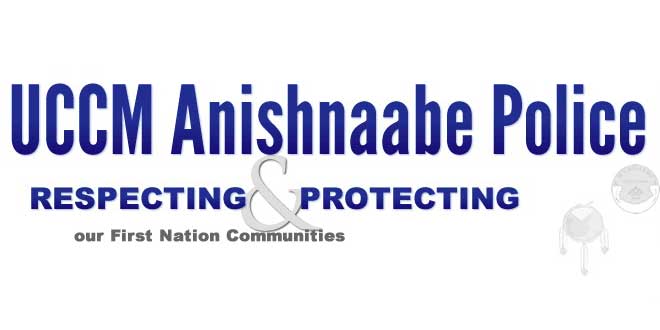Do not be blinded by the promise of riches and great economic potentials
To the Expositor:
What is fracking? Data in this article has been drawn from documents in the public domain from reputable organizations including the United Nations, World Health Organization and GreenPeace, to name a few.
Let us put aside for a moment the human, land and animal health hazards of fracking. Let us also not delve into polluted underground streams or the lifelong effects of exposure to fracked land and water. Instead, allow me to explain to you what fracking is.
Simply put, hydraulic fracturing, or fracking, is the process of drilling and injecting fluid into the ground at a high pressure in order to fracture shale rocks to free up trapped oil and natural gas inside.
The wells are typically 10-12 thousand feet deep. Each gas well requires an average of 300-400 tanker trucks to carry supplies to and from the site. It takes up to 8 million gallons of water to complete each fracturing job.
The drilling companies use their own proprietary mix of a sand and chemical cocktail and they vary from site to site. They are not required by law to disclose their recipe.
Approximately 40,000 gallons of chemicals are used per fracturing, per well. Up to 500 chemicals are used in the fracking fluid, including known carcinogens and toxins such as; radium, methanol, hydrochloric acid, formaldehyde, lead, uranium, mercury and ethylene glycol to name a few. These are mixed on site and once ready, the fracking fluid is pressure injected deep into the ground through a drilled pipeline in the well.
The mixture reaches the end of the well where the high pressure causes the nearby shale rock to crack, creating fissures where natural gas flows into the well. The gas and oil are collected as they rise up to the surface.
The pumped waste fluid is left in open air pits to evaporate, releasing harmful VOCs (volatile organic compounds) into the atmosphere, creating contaminated air, acid rain, and ground level ozone. One more thing: only 30-50 percent of the fracturing fluid is ever recovered. The rest of the toxic fluid is left in the ground and is not biodegradable.
There are currently 500,000 active wells in the US alone. Each well can be fracked an average of 18 times. That adds up to 72 trillion gallons of water and 360 billion gallons of chemicals needed to run these current gas wells.
It has been documented by numerous health and environmental agencies around the world, that during this process, methane gas and toxic chemicals leach out from the system and contaminate nearby groundwater and underwater springs. There have been over 10,000 documented cases of water contamination near areas of gas drilling as well as cases of sensory, respiratory, and neurological damage due to ingested contaminated water. Methane concentrations are 17 times higher in drinking-water wells near fracturing sites than in normal wells. In some cases, the chemical cocktail has been found leaking out of springs over 50 miles from the original drill site.
In the end, hydraulic fracking produces approximately 300,000 barrels of natural gas a day. The price of numerous environmental, safety, and health hazards is incalculable.
I ask all municipalities and First Nations communities, mayors, councillors, elders and sensible people on this island not to be blind sided by the promise of riches and great economic potentials. I beg of you to do some research yourselves. Google is a great resource for this. Educate yourselves, then write to your council, your MP and speak up. This will affect every man, woman, child, animal and plant on this island for generations to come.
Zareh Oshagan
Little Current




